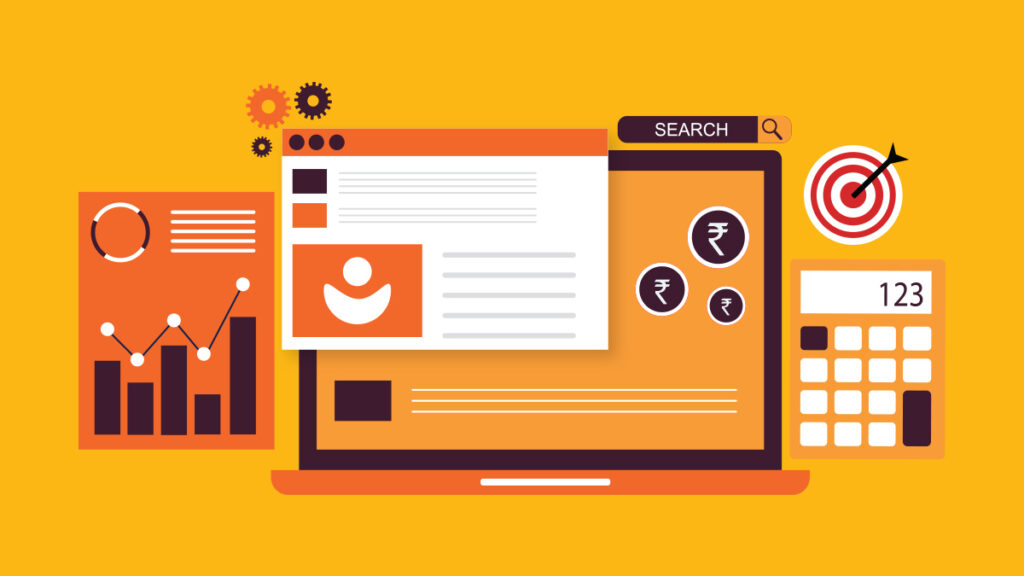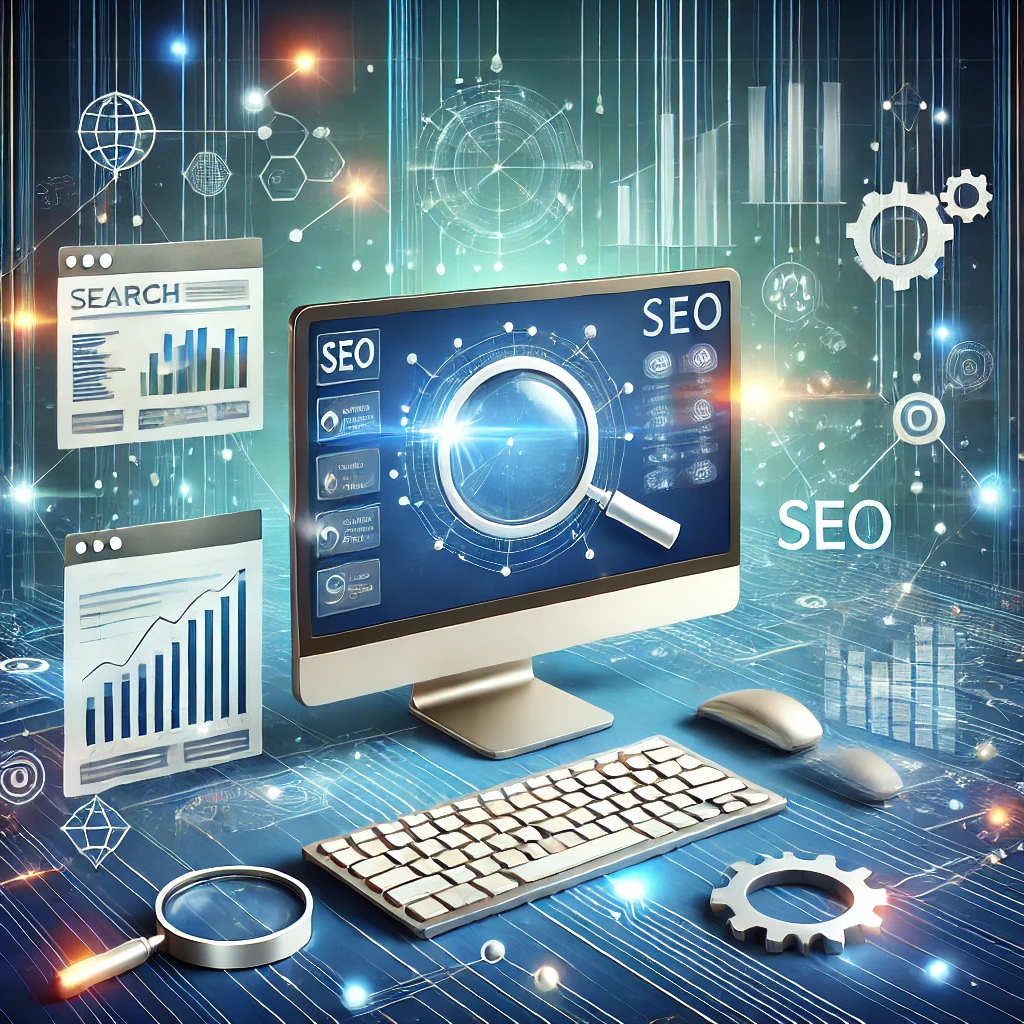The boundless world of online marketing brings with it a host of marketing options. While SEO continues to be one of the most cost-efficient marketing strategies, spending money on PPC campaigns is turning into a critical component of every digital marketing strategy.
And marketers do have some pretty solid reasons to spend their budget on PPC. For instance-
- As per a study, around 33% of people click on paid ads when they search for something on Google as the ads provide the most accurate answer to their query
- Another research suggests that around 40% of the user clicks go to the top 3 paid ads on the search results page
But while PPC is currently enjoying widespread popularity in the world of online marketing, brands need to have an innovative marketing approach to make the best use of the available opportunities.
For instance, with Google now focusing on adding more automation to the PPC landscape, this is an excellent time for brands to use the first-party data to improve their PPC performance innovatively.
What is First-Party Audience Data?
While there are now many different ways for brands to collect all the different types of audience data, the data that a brand collects from its audience is the most valuable. This is exactly what first-party data is. It is the data that a brand collects from its audience through analytics, resource downloads, subscriptions, app, newsletters, events, and more.
Unfortunately, seldom these data sources have any link to one another. For instance, a brand might be using CRM for collecting customer data and Google Analytics for tracking user behaviour on their website. The data from these sources is never effectively connected to help brands abstract the big picture.
Strategies to Effectively Use First-Party Data
In the world of digital marketing, every challenge is an opportunity to innovate. Fortunately, there are some time-proven strategies with regards to using first-party data for powering PPC campaigns.
1. Integration Between Google Analytics and Data Sources
While Google Analytics is by far one of the most advanced analytics tools, it lacks a few features. For instance, important data points like lead to sale conversion rate, sale value of leads, and lead scoring data is missing. This is where the integration between your data sources and Google Analytics can work its magic.
There are many different ways to connect your data sources to Google Analytics. One of the easiest of them is to use a data connector tool. The tool can be used to connect a data source like the CRM system to your Google Analytics account. The overall goal here is to ensure that there is a way for the lead data on your Google Analytics panel to be traced back to its origination on your website.
2. First-Party Data for Improved PPC Bidding
Several brands are already using first-party data with Google Ads scripts to improve their bidding strategies. But combining conversion-focused bidding strategies along with Smart Bidding, a part of the Google automated bidding software, is proven to deliver improved results. Smart Bidding uses machine learning and uses data points like location, device, time, etc. to adjust bids.
First-party data can be used to analyse campaign results, and the data points like business impact and campaign performance could be used to optimize bidding strategies. For instance, the data can be used for adjusting ROAS (Return-On-Ad-Spend) or CPA (Cost-Per-Acquisition) targets rather than adjusting ROAS/CPA targets based on the default Google Ads conversion report.
3. Optimized Audience Expansion
Google Customer Match allows you to target customers or prospects with the help of first-party audience data. For instance, you can import your email lists into Google Ads. Platforms like Facebook, LinkedIn, and Twitter now also offer this functionality. The goal here is to target people who are already aware of your brand as they are more likely to convert.
Apart from targeting people who already know about your brand, you also have the option of building targeting lists based on characteristics that are common between your existing audience and new audience. For instance, the Audience feature on Google allows you to search for targets based on the search behavior of your existing audience.
Utilizing First-Party Data for Boosting PPC Campaigns
With regards to PPC, automation and machine learning will only get more popular in the future as it enables Google to manage things at scale humans, and even traditional machines cannot.
This makes it an excellent time for brands to focus more on their first-party data so that valuable data could be fed to the automated systems, and their PPC campaigns are effectively optimized.





